A Complete Guide to 11 High Potassium Fertilizers

This post follows our research editorial guidelines.

Just as we need a balanced diet to live a healthy, fulfilled life, our gardens too need to have the right balance of nutrients to thrive. (K) Potassium is one of the most critical of nutrients, and plants require quantities of the stuff second only to (N) nitrogen.
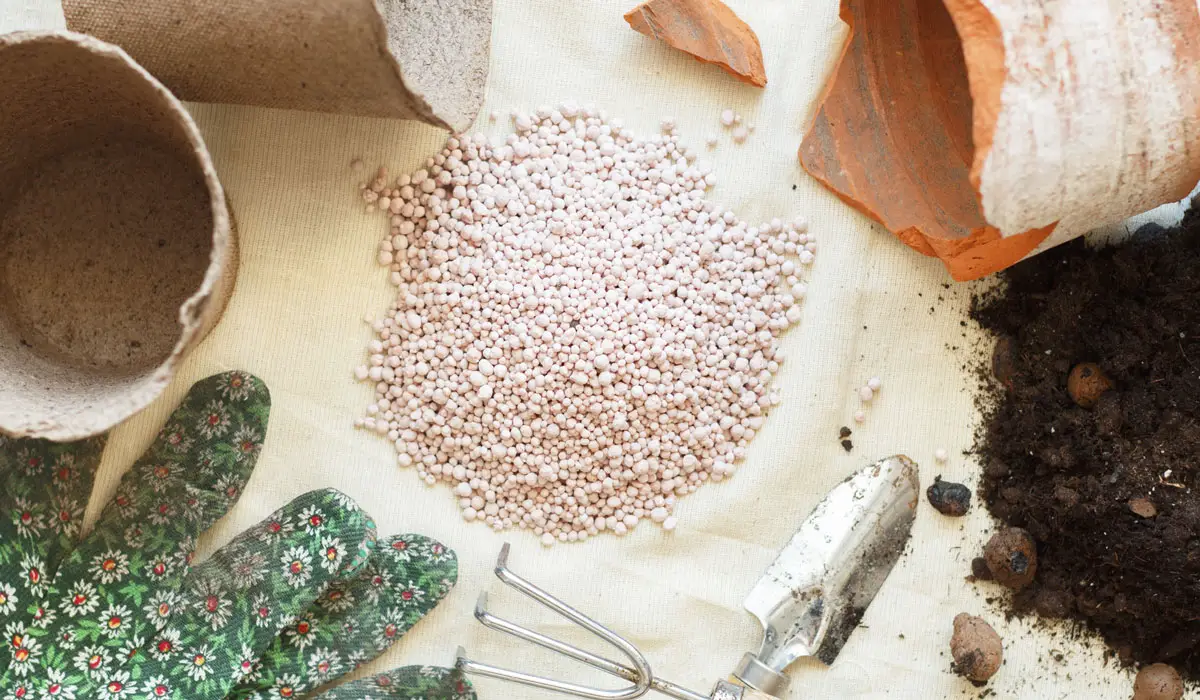
But, how do we provide enough potassium for our plants?
Can you get enough of this nutrient from natural sources like kelp meal?
Let’s dig in!
Table of Contents
Which Fertilizers Are High in Potassium?
Potash, like muriate of potassium or sulfate of potash magnesia, greensand, and granite dust are mineral sources of potassium that have a high potency and purity. Gentler, organic sources include kelp powder, bat guano, and even manure or compost.
| % Nitrogen | % Phosphorus | % Potassium (K) | Rate of Release | |
| Potash | Variable | Variable | Variable | Rapid |
| Wood Ash | None | 1 | 1-10 | Rapid |
| Greensand | None | 1 | 4-8 | Very slow |
| Granite Dust | None | None | 2-4 | Very slow |
| Kelp Meal | 1 | None | 4 | Variable |
| Alfalfa (Lucerne) | 3 | 0.5 | 3 | Slow |
| Cottonseed Meal | 6 | 2 | 2 | Slow to moderate |
| Fish Emulsion | 4 | 2 | 2 | Rapid |
| Compost | 1.3 to 3 | 0.5 to 1 | 1 to 2 | Slow |
| Bat Guano | Variable | Variable | 1 | Moderate to rapid |
| Manure | 0.5 to 6.5 | 0.2 to 6 | 0 to 3 | Moderate to rapid |
Why use a High Potassium fertilizer?
Potassium is considered one of the big three nutrients that plants need to thrive – the macronutrients.
It controls many important functions within plant cells. It regulates the movement of water through the plant’s vascular tissues, as well as nutrients and the sugars that keep it alive. It’s also critical in enzyme activation, distributing energy and producing it through photosynthesis. It’s also important for annual plants, allowing them to endure drought, long winters and hot dry summers. It’s an excellent all-rounder!
In general, if you’re fertilizing regularly with a good quality balanced fertilizer, you probably won’t need to add extra potassium. But if you’re still unsure, and want to add more, I’d strongly suggest testing your soil first.
Potassium is not hard to test for with a simple soil testing kit you can use at home. You can also contact your local extension service, run by universities across the country. They provide comprehensive test results, covering all the important soil nutrients, as well as pH and more.
“The role of potassium is extremely important. Potassium regulates the enzymatic processes that are necessary for growth. It helps regulate water use. Potassium assists with the plants ability to withstand extreme temperatures, drought and pests. Therefore, it affects plant vigor, disease resistance, forage quality, and winter survival.”
Carol Knight, University of Georgia Extension Specialist.
What is Potassium made of?
Potassium as an abundant element, making up around 2.5% of the Earth’s crust, but there’s a catch. Most of it is locked away in insoluble minerals, deep beneath the reach of even the most powerful roots. What’s at the surface tends to cycle through plants and animals, then back into the soil in the form of manure or other organic waste.
Many potassium fertilizers involve simply digging up that deep mineral source and grinding it up, like potash, greensand or granite dust. Others come from the potassium inside the bodies of plants and animals. A decomposing matter like manure or compost, as well as ash and spent seeds, all have valuable potassium to return to the earth.
Do all fertilizers contain Potassium?
Not all fertilizers contain potassium. Plenty are designed to boost foliage, and so concentrate on nitrogen. Others treat more specific deficiencies or opt to provide only micro-nutrients instead.
When choosing a fertilizer, look for three numbers usually printed on the front of the packaging. This is called the NPK ratio, and it describes the quantities of each of the big three nutrients – nitrogen (N), phosphorus (P), and potassium (K). It’s a percentage of weight, so a liquid plant food with an NPK of 10-10-10 is ten percent by weight of each, in equal proportions.
11 High Potassium fertilizers
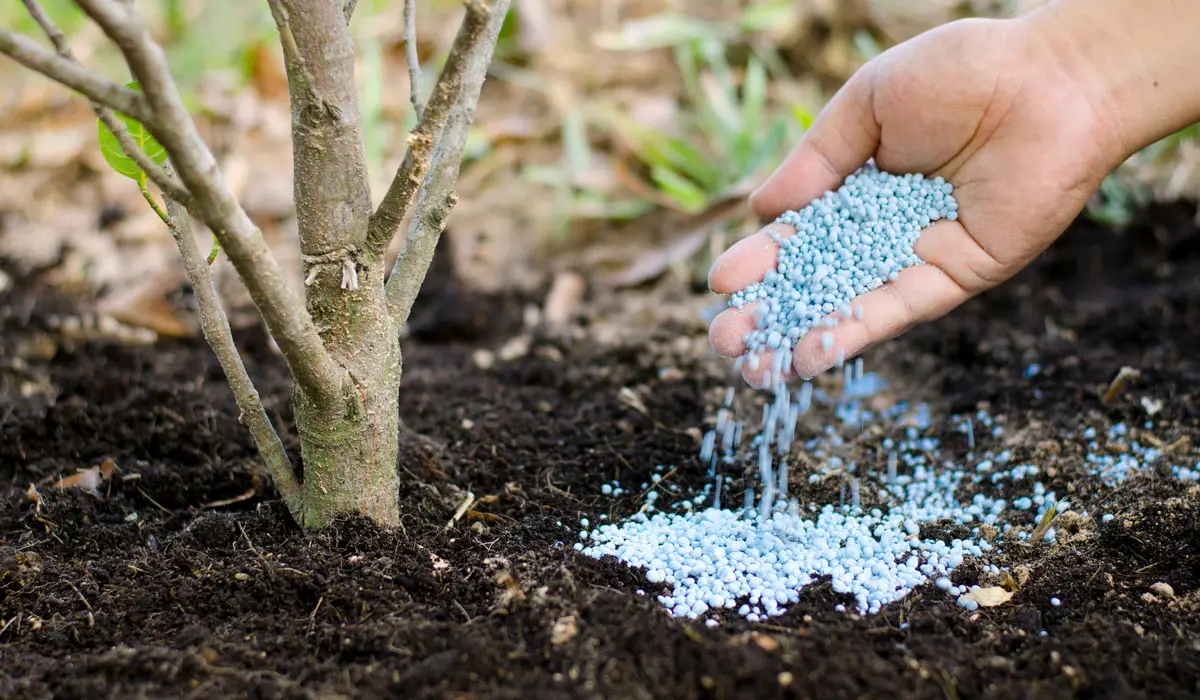
Some of the numbers on this chart may not look to impressive – but there’s good reason. Though they need a lot, plants do not need potassium in nearly the amount as it does nitrogen. It exists as a free ion within the plant, moving from task to task, so a little goes a long way.
Potash
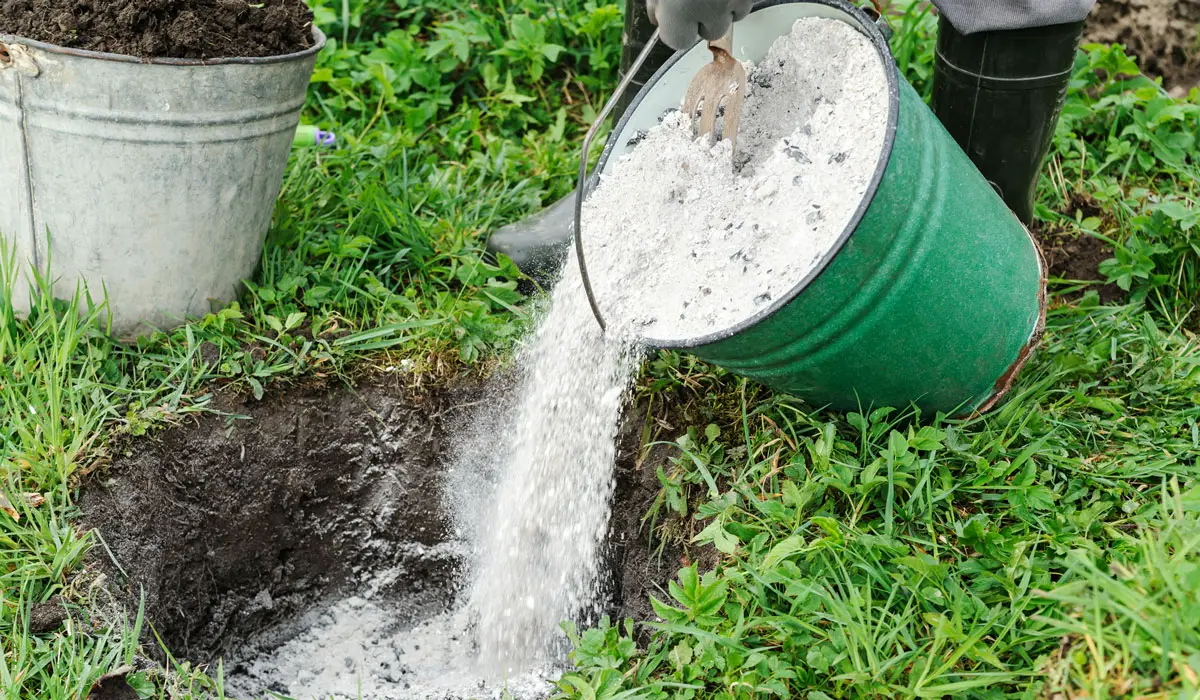
An old farmer’s friend, potash is such a reliable source of potassium that the two words are used interchangeably in old gardening books and magazines.
Potash as a fertilizer comes in a number of different forms, with different nutrient loads. Most common is muriate of potash (potassium chloride), which has a NPK of 0-0-60. It’s powerful stuff, able to correct a lot of area with very little material.
Also commonly used is a sulfate of potash magnesia, a compound that also contains loads of sulfur and magnesium. It has a NPK of 0-0-21. It also provides sulfur to the soils, another crucial nutrient for plant growth.
Wood Ash
Wood ash is a venerable source of potassium, with ash from ancient kitchen fires often winding up on the kitchen garden. These days its less common, but no less useful.
Wood ash varies in potassium depending on the timber burned, with a range between 1 and 10%. It’s true value comes in what else that wood ash brings to the garden – it’s an excellent source of calcium, magnesium, iron and other vital components of healthy soil.
It can be a pain to use, and it’s pretty alkaline, so always check your soil pH before breaking it out.
Greensand
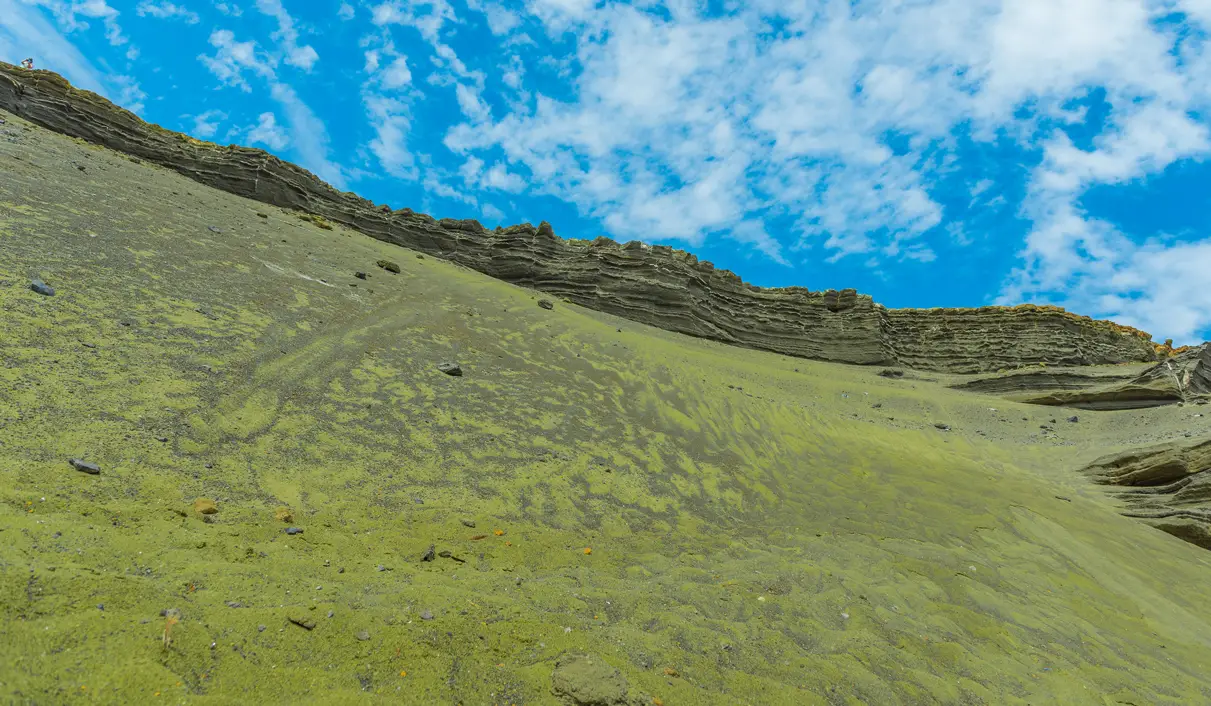
This amendment lives up to its name, a finely milled sand that’s a fetching shade of turquoise green. That lovely color comes from glauconite, a mineral with about 8% potassium. Greensand’s potassium content depends largely on how much of the original mineral is present. Greensand is a naturally occurring mineral fertilizer that is mined from ocean deposits of algae.
It presents other benefits, too. It has a large pore space, allowing greater water retention in the soil, and specific properties of the mineral help the soil retain other nutrients more effectively.
Granite Dust
Like greensand, granite dust is a ground mineral, this time granite stone. It’s between 2-4% potassium, with the rest being mostly silicas and other inert minerals.
It’s extremely slow release, providing consistent support over a very long amount of time. Despite this, it performs favorably when compared to potash, even though it’s much lower in potassium. While it’s not clear why, some suspect it’s down to the structural benefits granite dust presents to heavy soils. If you’re growing on clay, granite dust is a good choice for a consistent supply of potassium.
Kelp Meal
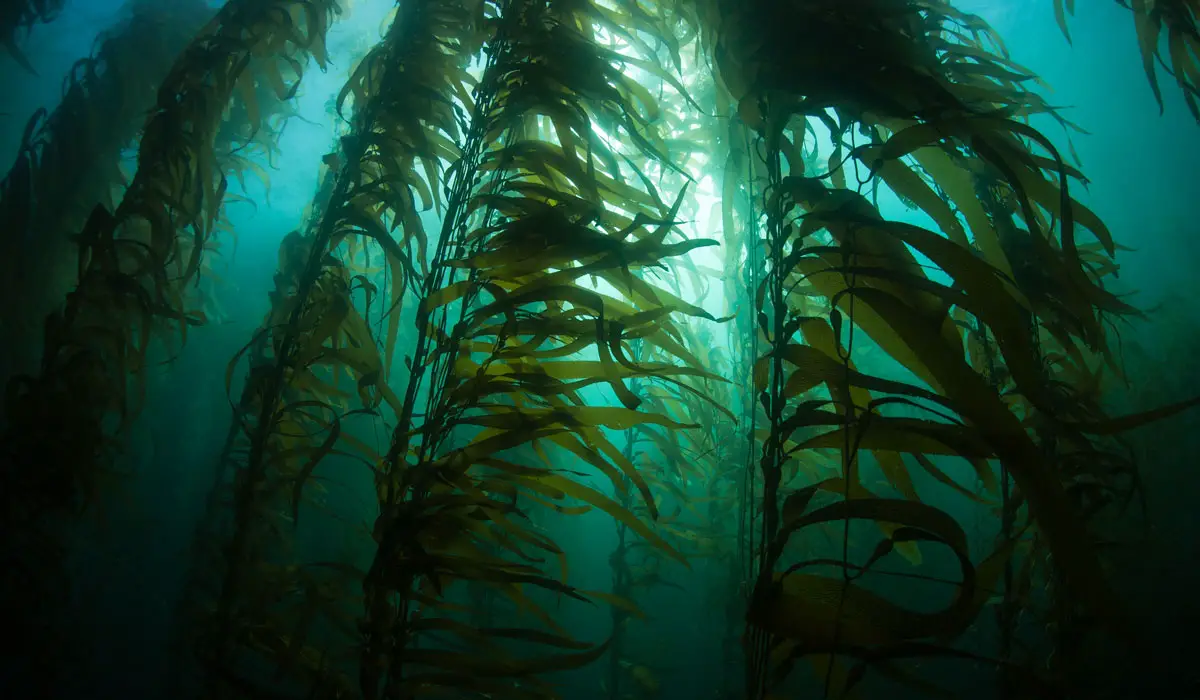
Kelp meal is a great source of potassium. Depending on the brand and the process, potassium levels tend to sit at around 4%, though depending on the blend they can get up to around 13%. It really does pay to watch the label – some kelp products contain next to no potassium, with the focus more on micronutrients or plant hormones.
Those plant hormones are one of kelp’s best features. They promote strong root growth and the production of bright new growth. I write more on that here.
Alfalfa Pellets

Alfalfa pellets are generally produced for animal feed, but due to their dense nutrient profile and high amount of organic material they make a great fertilizer too. They’re about 3% potassium, with loads of nitrogen and other nutrients. Most interestingly, alfalfa contains a fatty acid called triacontanol, a growth stimulant that has proven abilities to help plants thrive even under stress.
Cottonseed Meal
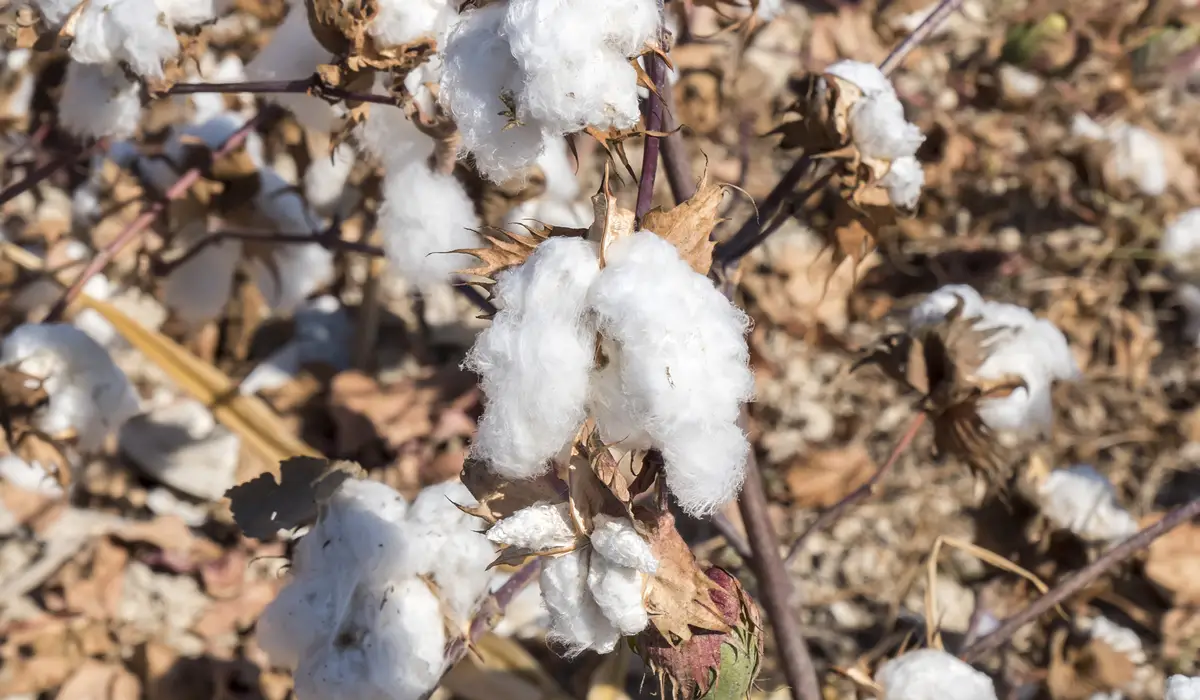
Cottonseed meal is a product made from the ground seeds cast aside during cotton production. It’s about 2% by weight potassium, in a form that releases at a casual, moderate pace that can last a whole season. It contains a balanced amount of nitrogen and phosphorus too, making it a good all rounder in the garden. It’s also slightly acidic, making it a good tool for maintaining good pH.
Fish Emulsion
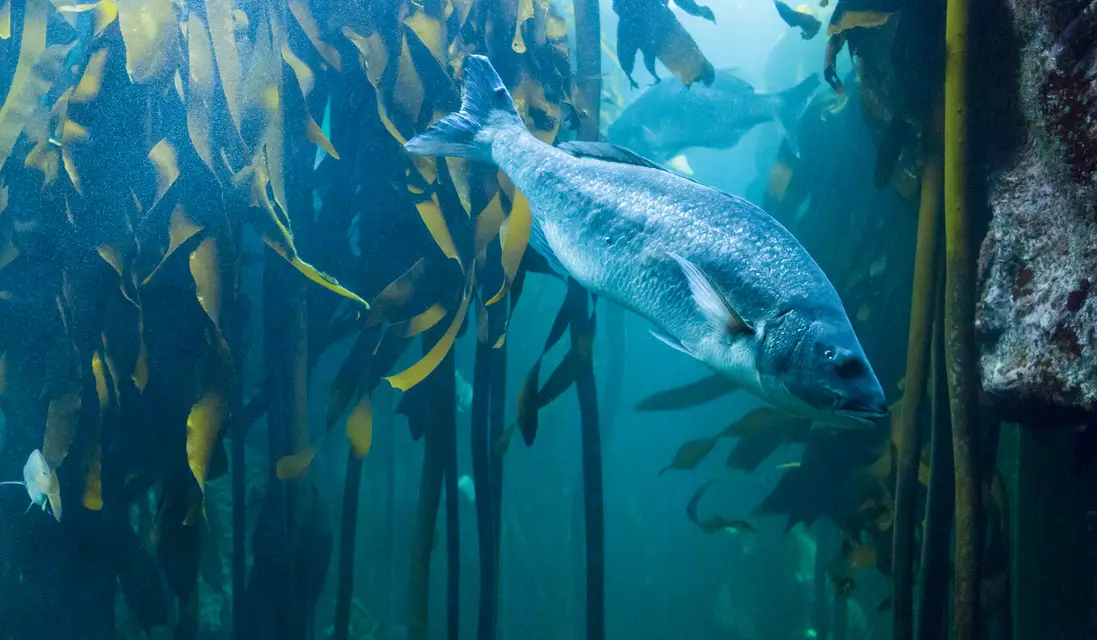
A by-product of the seafood industry, fish emulsion is a sustainable source of fertility for your garden. It’s made by refining leftover bones, skin and other fish wastes.
Its NPK varies a bit depending on the brand and formulation, but it’s not unusual to see 4-2-2 blends. It also contains a lot of micronutrients and whole swathes of interesting proteins and oils that encourage the growth of useful microbes.
Compost

Compost is an excellent all-round source of nutrition for your garden. Add potassium-rich vegetable scraps – especially potato peels, banana skins and bits of cucumber – as well as sawdust, manures and the odd dose of wood ash, and you can custom blend a compost tailored to your needs.
It’s not as hard as it sounds, and I really encourage people to give it a try at home.
Bat Guano

Bats are amazing, and so are their droppings. Guano, as its called, is such a rich fertilizer it was at one point mined from Texan caves for export. The raw form is rich in nitrogen, phosophorus and potassium, as well as loads of different micronutrients and trace minerals. Soil microbes love the stuff, making it a great way to boost your garden’s overall health.
It’s not the easiest thing to directly source from the bat itself, but thankfully there’s lots of different commercial varieties available. Be sure to check the NPK – while most have a K of 1% or slightly greater, it can be processed to enrich either nitrogen or phosphorus but not both.
Manure
Manure is an enduring favorite of gardeners worldwide for a reason. It’s full of the big three nutrients, with potassium ranging between 0.5 to 1.9% depending on the type of manure used.
Poultry litter is especially useful – that’s the straw or sawdust used as bedding for chickens or turkeys, which absorbs their waste. Most wonderfully, the potassium found in manure is almost always in a form accessible to plants. The litter itself is great turned through compost, where it provides structure as well as nutrients.
When is High Potassium fertilizer better?
When Potassium Deficiency is Detected.

In general, if you’re using good quality balanced fertilizers you’re unlikely to have a potassium deficiency. But it does happen, especially in areas of the garden where you take material away often. Lawns are the obvious culprit, as are vegetable gardens with high turnover or dense plantings.
Signs of potassium deficiency include plants that are limp and water-stressed at all times, weak, thin new shoots, chlorosis of the older leaves, and discoloration.
Always test your soils first. Some deficiencies, like iron deficiency, can often look the same, and too much potassium can make them worse.
For Potassium Hungry Crops
Many food plants require a little boost of potassium to help them reach their most nutritious best. Heavy feeders, like my beloved tomatoes and peppers, need a little boost as the summer wears on. Plants that produce potassium-rich crops like banana trees or potatoes also need a bit of extra help. After all, that potassium has to come from somewhere!
To Protect New Growth from Heat Stress
Potassium is particularly important to maintaining turgor, or the even distribution of water through the leaves and stems of plants. If you’ve had a flush of early spring growth, you can protect it against dehydration and water stress by adding a modest dose of high-potassium fertilizer. It’ll act almost like Gatorade – getting into the vascular system and helping hold onto moisture more effectively.
4 Low Potassium fertilizers
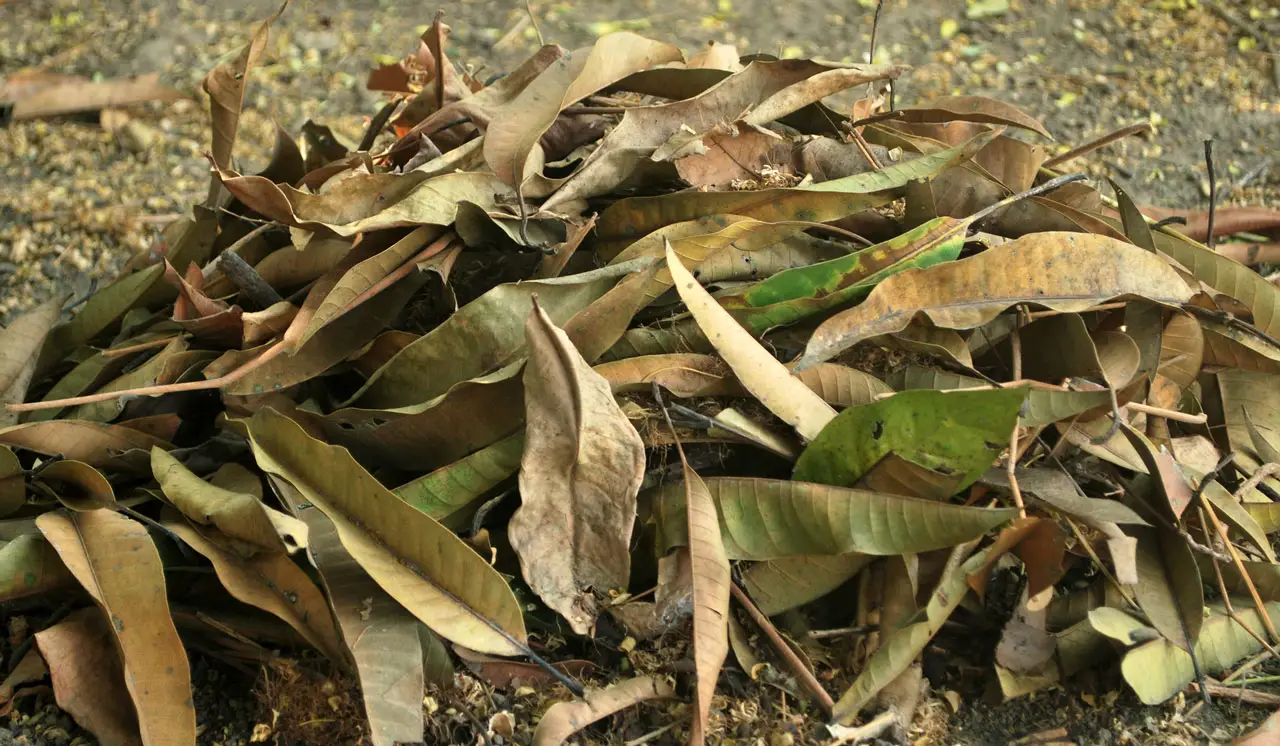
You do need to be careful with your potassium application. As mentioned before, it doesn’t often form compounds inside a plant. It moves about, using a strong electrical charge to temporarily bind to different enzymes and elements, helping along all the different functions within the plant.
The flipside of this high reactivity is that if there’s too much potassium in the soil, it’ll bind with other elements and make it hard for the plants above to access them. It can also harm those vital subterranean microbes that are so crucial to soil health. It’s one of the reasons I stress so heavily the importance of testing your soils.
So from time to time, you may find you need to add fertility to the soil in a way that leaves out potassium altogether. Here are some options for you when you need to work around soils that are already topped out with K.
Bigger and Better: High in Nitrogen
Nitrogen is the big number on most fertilizers and for good reason. It’s vital to all plant growth, and unlike the other two big macronutrients, it doesn’t stick around. It exists mostly as a gas in the atmosphere, only spending a small amount of time inside plants and animals. It’s hard work getting it to stay in a form that plants can use, deep in the soil.
Blood meal is a rich source of nitrogen, and one I write more about here. Other strong sources of nitrogen include feather meal, synthetic nitrates and urea.
Green and Lovely: Phosphorus
Phosphorus is another tricky one to handle. It’s energetic, used by plants for many things, including transporting energy, building DNA, and is involved in enzyme function. It’s also involved in early growth, winter hardiness and the growing of seeds.
I write more about phosphorus here. Good sources for gardeners include ammonium phosphate, bone meal and even hair.
Partners in Crime: Calmag
Calcium and magnesium are two of the more important micronutrients, especially when it comes to flowers and fruit. They can be tricky to manage at times, with a tendency to react with each other within the soil in ways that are hard to predict.
Cal-mag solution is one way around that. It exclusively provides calcium and magnesium, and in a form that keeps them in balance. Together they support new growth and provide the stage for wonderful shows of blooms.
Heavyweights: Iron Chelates
When plants go yellow, it’s often the first instinct to reach for a rich balanced fertilizer. But plants need other minerals too, and iron is one that’s often overlooked in commercial synthetic fertilizers.
Iron is key to the development of chlorophyll, so without enough, your garden will struggle to stay green. Iron chelates, often in the form of a granule, can help prevent this. They’re especially useful for lawns, where they do double duty in keeping broad-leafed weeds in check.
When is Low Potassium and High Nitrogen is better?
When Your Soil Has Ample Potassium
As mentioned before, too much potassium can cause problems of its own. But you still need to keep the rest of your garden’s growth surging along as normal.
High nitrogen fertilizers can provide the vitality your plants need while preventing the damage done by excess potassium.
To Treat Nitrogen Deficiencies
There’s no point dumping potash on your garden beds if the problem is a nitrogen deficiency. It won’t achieve what you need, and you risk overloading the soil and doing more damage.
Nitrogen deficiency appears as an almost uniform yellowing of the oldest leaves first. The whole plant loses vigor, and becomes easily dehydrated.
After Heavy Rain
Water flowing through soils tends to take the nutrition with it. Nitrogen has a habit of washing from soils, taking the fertility with it. It’s also fairly reactive in moist soils, turning back to nitrogen-based gases and wafting off into the atmosphere.
However, potassium isn’t prone to leaching. It’s lively tendency to bond with whatever’s in the soil means it’s more likely to bond to inorganic material like clay and stay put, waving goodbye to the nitrogen as it departs.
Once the weather clears you’ll want to add that fertility back in. A fertilizer that’s rich in nitrogen but basically devoid of everything else will replace what’s lost without overdoing it on the other two big nutrients.
Final thoughts
I rather enjoy imagining a zippy little spark of potassium zooming around inside my favorite plants, moving a bit of sugar here, giving a sip of water there. It has a lively and important part to play in the overall health and vigor of what I grow and can be tuned up or down at your discretion. I invite your to try adding some of the amendments above and see what works best for you and your garden!
